How to Build Compliant B2B Data Lists in Six Easy Steps
Building a compliant B2B data list is an important part of any successful sales and marketing strategy. A good contact list helps you target the right prospects, increase conversion rates, and maximise your ROI.
But what is compliant B2B data, and why use it when building a prospecting list?
Scroll 👇 for a quick guide on how to build compliant business data lists for your B2B company and to discover the answer to these questions.
What is compliant B2B data?
Compliant B2B Data is any personal information collected on a customer by a business and stored securely and legally. Compliant data needs to follow the privacy regulations set by the governing nation.
Policies, procedures and protocols must be adhered to safeguard contact information from unauthorised use, such as malware and other cybersecurity threats.
In the EU, data is only compliant if companies follow GDPR (General Data Protection Regulation) laws. US Data must meet CCPA (California Consumer Privacy Act) standards.
Why compliant B2B data?
But why even bother with compliant company data lists if you can easily buy lead lists online?
Buying a lead list is risky and harms the reputation of your sales and marketing teams. Other negatives include:
-
Incorrect and outdated data.
-
Receiving a fine by national and international data legislators.
-
Contacting prospects on do not call lists.
-
Budget and time wasted on contacts who aren't interested in what you're selling.
Creating compliant B2B data lists ensures your B2B sales teams are contacting legitimate prospects legally. What's more, these business prospects are more likely to buy with no threat to your company reputation.
Still not convinced?
What if we told you data lists compiled with Cognism's compliant B2B data help companies:
- Build up a fully GDPR-compliant database of contacts.
- Discover senior-level prospects across a range of industries.
- Identify and engage with 5,000 new leads.
- Reduce lead list turnaround time from 7 days to 45 minutes.
- Increase availability of emails by 26% and mobile numbers by 54%.
- Decrease bounce rates from 15% to 9%.
- Improve overall staff efficiencies and data confidence.
Intrigued?
👉 Read Epik8 and Newable's case studies to discover how you can do the same.
How to build a compliant B2B data list?
Now for the big question:
How do you build B2B data lists for better and more rewarding marketing and sales campaigns?
There are six key steps to building high-quality, verified B2B data lists that grow your business:
2. Segment your TAM by your Unique Value Propositions (UVP)
3. Segment the industry lists by company size
6. Filter your lists using sales triggers
Step 1: Identify your TAM
Using the methods described in our Total Addressable Market page, calculate your TAM. For best results, we recommend using the bottom-up or value-theory approaches.
Alternatively, use Cognism's free TAM calculator 👇
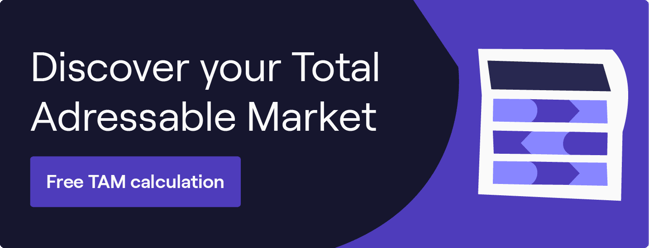
Step 2: Segment your TAM by your Unique Value Propositions (UVP)
This step requires you to split your TAM into smaller sections.
At Cognism, we segment our TAM calculations using Unique Value Propositions (UVP). These take the form of the different industry verticals we want to target - for example, marketing, tech or recruitment.
The end result?
Instead of having one giant B2B data list, you’ll have several smaller compliant lists for each of your target industries.
Check out the video below to find out how to verify your B2B data and ensure you're compliant 👇.
Step 3: Segment the industry lists by company size
Now to get even more granular. Take your B2B industry lists and split them into smaller business data lists based on company size. We follow this “company size guide” at Cognism:
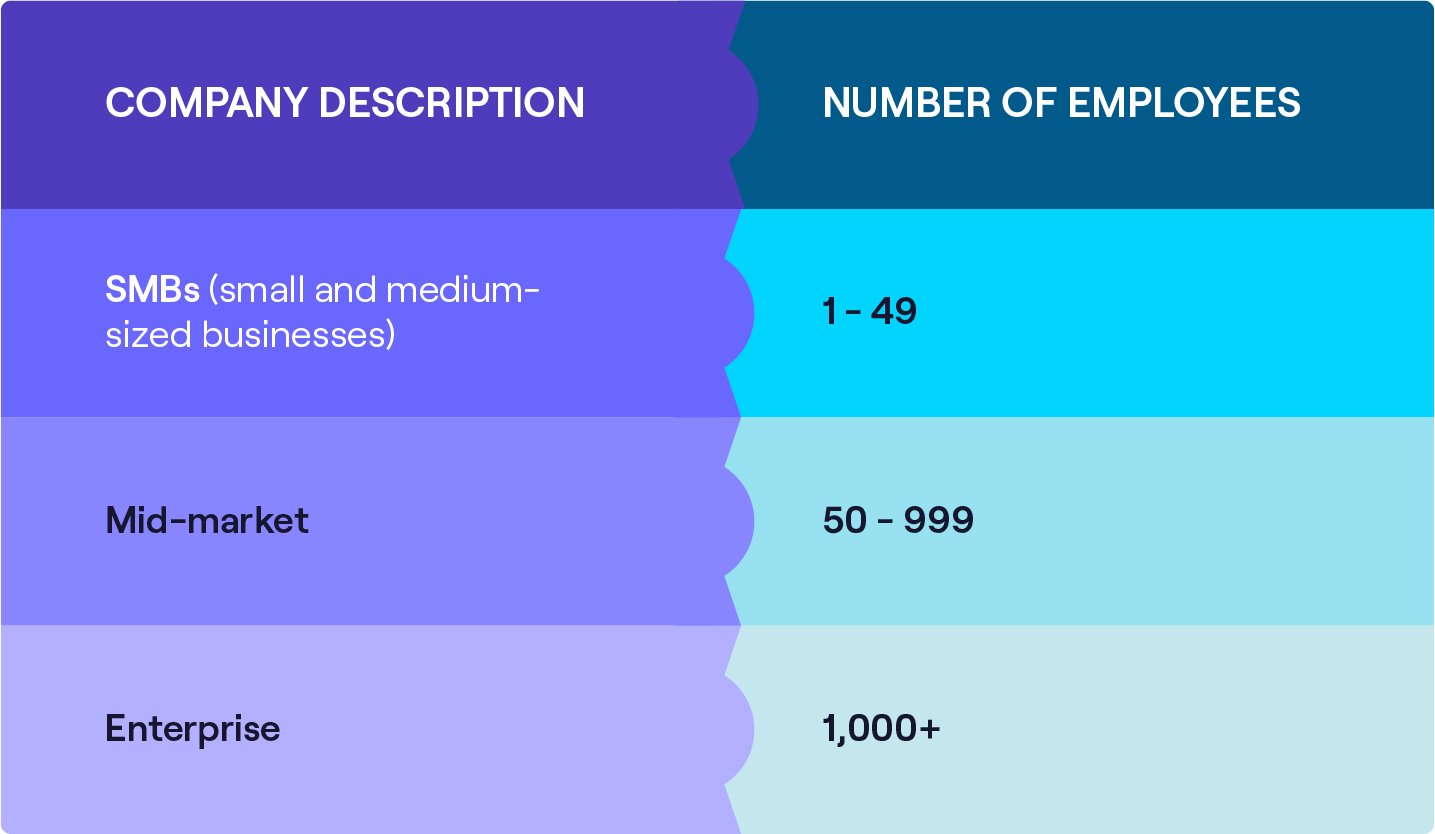
At the end of this step, you'll have many separate compliant B2B data lists split into industry and company size categories.
Step 4: Build out a list of buyers
The next step is to identify each company's total audience of buyers.
But don’t just look for the C-suite!
You should find decision-makers as well as buying influencers.
Remember this helpful fact: While 64% of the C-suite has final sign-off, 81% of employees outside the C-suite influence purchasing decisions.
An excellent place to start is to sort your ideal prospects into groups divided by their job titles. For instance, you should build out a list of buyers for each company, including the CEO, Directors, Heads and Managers.
These are the number of people you need to locate per company size:
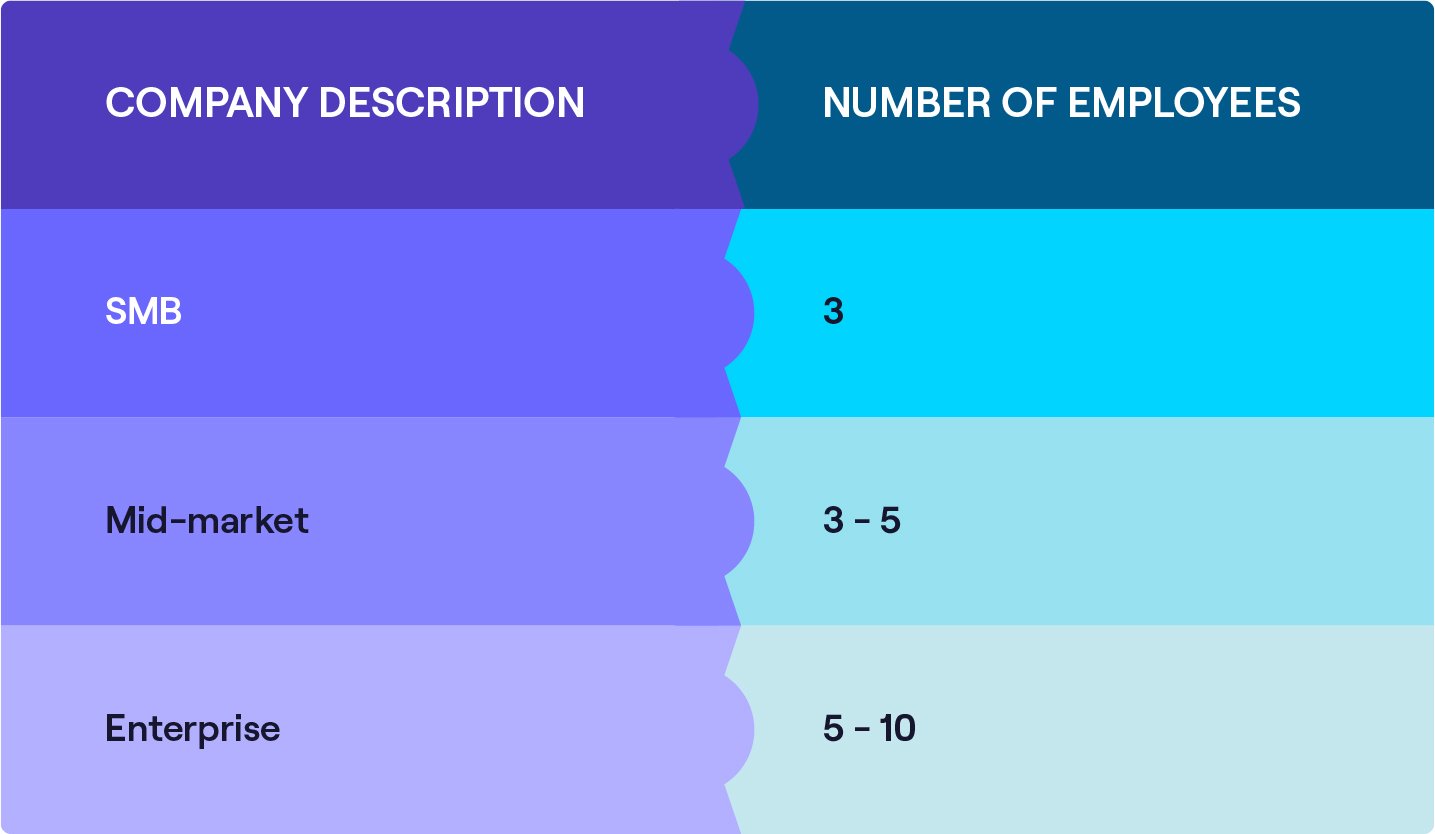
Step 5: Enrich your B2B data lists
Once you’ve locked down your B2B data lists, it's time to go one step further. You must ensure that your sales data is 100% correct and up-to-date.
Technology will help you here. Sales intelligence platforms such as Cognism automatically enrich your data, filling in any missing gaps and removing duplications.
When you hand over your cold calling and email lists to your salespeople, you must be confident that the information at their fingertips is accurate and current.
💡Check out this post: How you can keep your B2B data fresh for more insights into data enrichment.
Step 6: Filter your lists using sales triggers
For best results when you outreach to your buyers, segment your B2B industry lists even further using sales triggers.
A sales trigger is any event or occurrence which creates an opening for a sale. These are some of the most common sales triggers you’ll encounter:
- When a manager is promoted to Head of Department.
- When an employee leaves one company and joins another.
- When a business relocates to a new office in a new city.
- When an organisation secures a funding round from investors.
Here’s a practical example:
You have a list of Sales Directors and Team Leaders for your target accounts. Your sales triggers will highlight which of them were hired in the last six months. They will also tell you who might be looking to review suppliers, implement processes and bring in new tools.
Try adding a chronographic element to your compliant B2B data lists. This way, you’ll be able to pinpoint when a particular prospect on your list is most likely to buy.
Again, technology can assist you here. Cognism’s all-in-one globally compliant prospecting platform incorporates the following sales triggers:
- Location Move
- Job Leave
- Company Acquisition
- Company Event Appearance
- Job Join
- Company Funding
- Company IPO
Be B2B data smart
The last two steps are by far the most important.
Building a list of B2B prospects isn’t hugely complex, but your list will be useless if it isn’t accurate and timely. You want your salespeople to have the best ammunition when they go into battle. An enriched compliant B2B data list filtered with sales triggers is the best you can give them!
Find out how you can enrich your lists with Cognism. Click 👇 to book your demo.
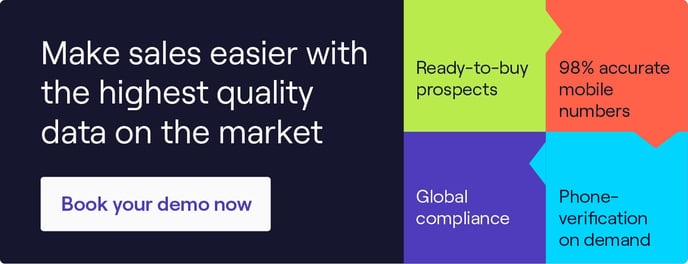
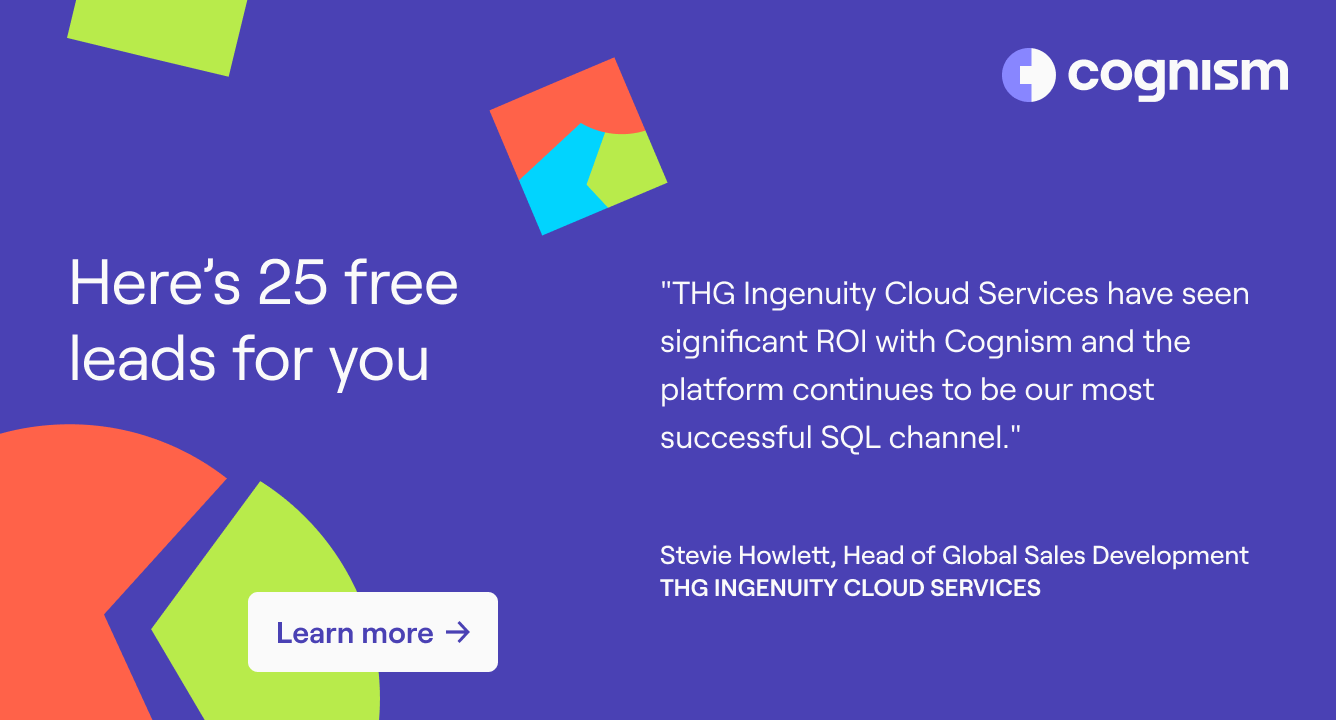
65ef.png)